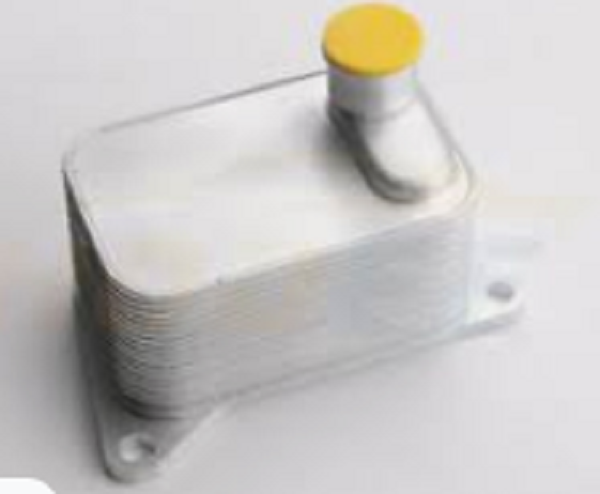Advantages of Brazed Plate Heat Exchangers
2024-06-20
A brazed plate heat exchanger (BPHE) is a type of compact heat exchanger used in various industrial and HVAC (Heating, Ventilation, and Air Conditioning) applications. It consists of multiple thin, corrugated metal plates stacked and brazed together to form channels for fluids to flow through. Here’s an overview of brazed plate heat exchangers, including their construction, working principle, advantages, applications, and considerations.
Construction and Working Principle
1. Plate Design:
- Typically made of stainless steel, although other materials such as copper can be used.
- Plates are corrugated to increase surface area and create flow channels for the fluids.
2. Brazing Process:
- Plates are stacked alternately to create two separate flow paths—one for each fluid.
- Brazing is a process where the plates are heated in a controlled atmosphere, and a brazing material (usually copper alloy) melts and adheres to the plates, sealing the channels.
3. Fluid Flow:
- Hot and cold fluids flow through alternate channels in counterflow or crossflow arrangement.
- Heat is transferred from the hot fluid to the cold fluid through the thin metal plates.
Advantages
1. Efficiency:
- High heat transfer efficiency due to turbulent flow and large surface area.
- Compact design allows for efficient use of space.
2. Compact Size:
- Occupies less space compared to traditional shell-and-tube heat exchangers.
- Lightweight and easier to install and maintain.
3. Versatility:
- Suitable for a wide range of fluids, including water, refrigerants, oils, and chemicals.
- Can handle high pressures and temperatures.
4. Durability:
- Resistant to corrosion and thermal stress due to the use of stainless steel plates and brazing materials.
5. Cost-Effective:
- Lower initial cost compared to some other types of heat exchangers.
- Energy-efficient design reduces operating costs over time.
Applications
1. HVAC Systems:
- Used for heating, cooling, and ventilation in residential, commercial, and industrial buildings.
- Commonly used in air conditioning units, heat pumps, and district heating systems.
2. Industrial Processes:
- Chemical processing, food and beverage production, and pharmaceutical industries.
- Effective for heat recovery and temperature control in manufacturing processes.
3. Refrigeration and Chillers:
- Efficient in refrigeration systems for transferring heat between refrigerant and water/glycol.
4. Renewable Energy:
- Solar thermal systems and geothermal heating applications.
5. Oil and Gas Industry:
- Used in oil refineries and petrochemical plants for heat exchange in various processes.
Considerations
1. Fluid Compatibility:
- Select materials compatible with the fluids being processed to prevent corrosion and contamination.
2. Pressure and Temperature Ratings:
- Ensure the BPHE is rated for the operating conditions (pressure and temperature) required by the application.
3. Maintenance:
- Regular cleaning and inspection may be required to maintain optimal performance.
- Follow manufacturer recommendations for cleaning agents and procedures.
4. Installation:
- Proper installation is crucial to ensure efficient operation and longevity of the heat exchanger.
- Consider accessibility for maintenance and service when selecting installation location.
Conclusion
Brazed plate heat exchangers offer a compact, efficient, and versatile solution for heat transfer applications across various industries. Their robust construction, high heat transfer efficiency, and space-saving design make them suitable for both residential and industrial settings. When choosing a BPHE, consider factors such as fluid compatibility, operating conditions, and maintenance requirements to ensure optimal performance and longevity of the heat exchanger in your specific application.



